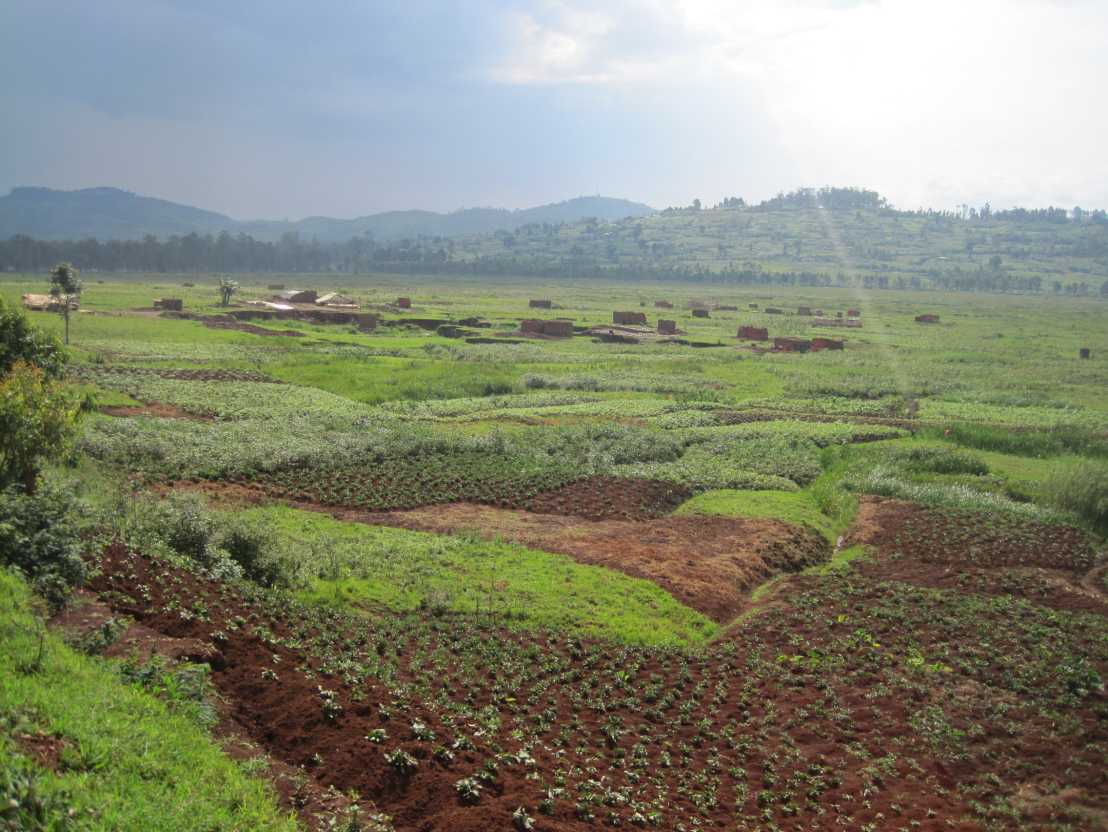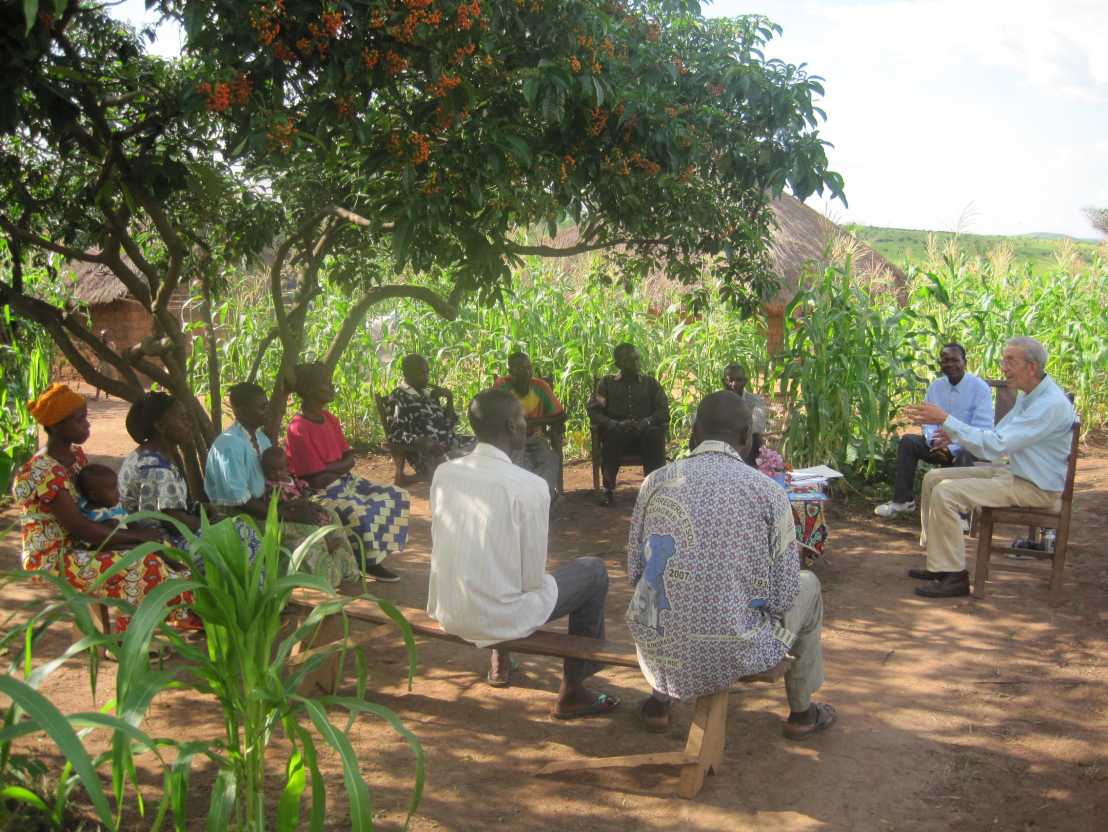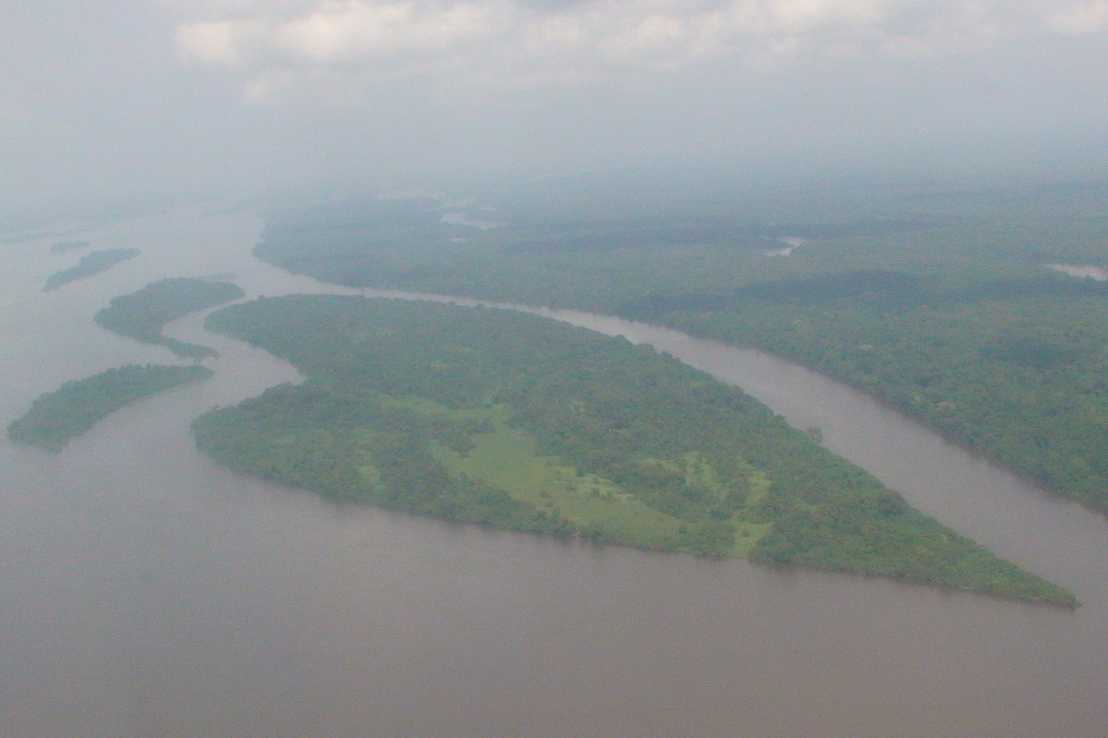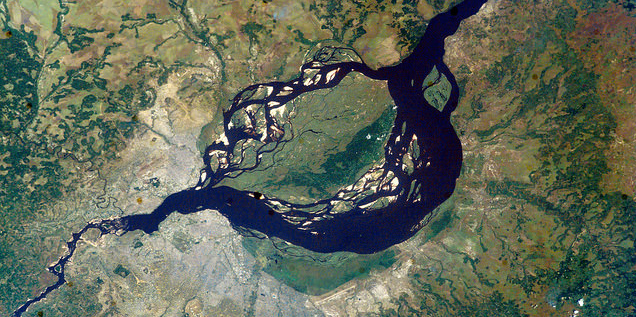Sustainability in the heart of darkness
The Democratic Republic of Congo (DRC) is mostly known for its social, economic, and political instability. Does it make sense then for me to focus my research on sustainable agriculture and the role of the Congo River Basin in the global carbon cycle?
When I tell people I have research projects in the Democratic Republic of Congo (DRC), I always get one of two opposite reactions. Usually, it is something like “Are you crazy? Why would you go there?”, but other times it is amazement and support. The former reaction does not make me question my travel there – I love running around in the chaos of the DRC – but it does make me reflect on why my work on soil and crop productivity and the role of the Congo River Basin in the global carbon cycle can be meaningful. Are there not more pressing needs to be addressed in the DRC? This is, after all, a country where diseases, like malaria and Ebola, are prevalent, rape is continuously used as a weapon of war, and education is minimal.
Long history of conflict resources
Joseph Conrad (1899) described the Congo as the “Heart of Darkness” in his novel of the same title because he was devastated by what King Leopold I of Belgium did to the Congolese people; how he extracted resources from this incredibly rich country at the cost of many human lives. Since then Congo changed, but maybe not that much. Slaves’ arms are not hacked off anymore, but violence is rampant in the Eastern DRC and chaos is ubiquitous. The violence is caused by rebels in order to extract valuable minerals, such as gold, diamonds, coltan [1], and copper – the “conflict minerals” – as cheaply (and corruptly) as possible [2]. Direct support from the Rwandan and Ugandan governments [3] as well as indirect support from other countries, especially the US, Belgium, France, and Britain [4], sustains the violence because our industries rely on these minerals [3]. The reality is, our over-consumption of luxury products, such as jewellery, smartphones, computers and watches demands them.
This chaos obviously also leads to the social, economic, and political instability in which the citizens of the DRC have to survive from day to day. The term “se debrouiller” popularized by the late president Mobutu of Zaire (former DRC) is therefore a fact of everyday life for the Congolese. There is a bare minimum of infrastructure or services in health, justice, education, or any economic activity.
Self-sufficiency through sustainable agriculture

Given this context, how does one start making a change towards long-term sustainability? One can argue that political stability is needed so that hospitals, care-centers, schools, railways, and other infrastructure services can be provided in the long-term. Very true – but here, I will outline how soil, plant and carbon cycle science is also part of the solution.
When one lives in conditions like this, subsistence farming is the main option for survival; you live from what you produce on your own land because you are in essence disconnected from the rest of the world.
In the DRC, cassava and maize are the staple crops, but incredibly, simple fertilizer application recommendations are essentially non-existent for the conditions of the DRC. Hence, simple soil fertility questions still need to be answered, especially with the introduction of new and improved varieties. Furthermore, these two staple crops provide crucial carbohydrates for energy, but a diet dominated by them leads to vitamin and micronutrient deficiencies. Production of other crops, such as vegetables or soybean, has to become an integral component of a sustainable agriculture to deliver a more varied and nutritious diet than one based solely on cassava and/or maize.
Empowering women

As in many other African countries, most agriculture, especially vegetable production, is done by women. But in order to have more sustainable vegetable production in the DRC, basic knowhow still needs to be brought to the field.
Furthermore, in a cash-strapped society, organizing in groups allows women to purchase agricultural inputs, obtain knowledge from each other, and gain access to markets. The group organization also greatly helps with forming new communities on which they can rely through grave times and gain empowerment after all the losses they have endured from deadly diseases and war. Hence, it has been very meaningful to work with women’s groups to plant communal vegetable production gardens. It is also very exciting to see how several grassroots initiatives [4] have incorporated community agriculture as an integral component in their programs to help victims of rape and war regain hope in their lives.
How does the carbon cycle become part of this?

The vastness of the tropical forest in the Congo River basin is hard to imagine until seen. It is regarded as the planet’s second lung (after the Amazon) with vast amounts of CO2 being adsorbed by the vegetation, but also big amounts of CO2 released via the rivers and swamps. Exactly how much CO2 is unknown, but in collaboration with Congolese, Belgian, and US colleagues, we are trying to get some numbers on it. Even less understood is how much it changes when the forest is cut. This is also something we are trying to quantify because deforestation is predicted to drastically increase in the coming decades. The culprit is mostly the timber industry, but also local communities that practice slash and burn and extract many resources from it. Reducing slash and burn and forest-extraction can be accomplished by making agriculture provide more food. Hence, sustainable agriculture is needed not only for feeding people and to rebuild local communities, but also to preserve the forest, thereby reducing the negative impact on the global carbon cycle.
So, yes, it is meaningful to work on sustainable agriculture and the global carbon cycle. However, what is probably the most satisfying is to do this all collaboratively with Congolese scientists and farmers, leading to capacity building and me learning a lot as well.
But most importantly, I do hope that you don’t forget the Congolese people before you upgrade your smartphone or computer again to the latest and newest model.
Weiterführende Informationen
[1] Congoweek.org: Facts about externe Seitecoltancall_made
[2] Raise hope for Congo: externe SeiteConflict mineralscall_made
[3] BBC News Africa: externe SeiteArticlecall_made
[4] BBC News Africa: externe SeiteArticlecall_made
[5] Q&A on the externe SeiteCongo Conflictcall_made by the Washington-based organization “Friends of the Congo”
[6] Grassroot externe Seiteinitiativescall_made

